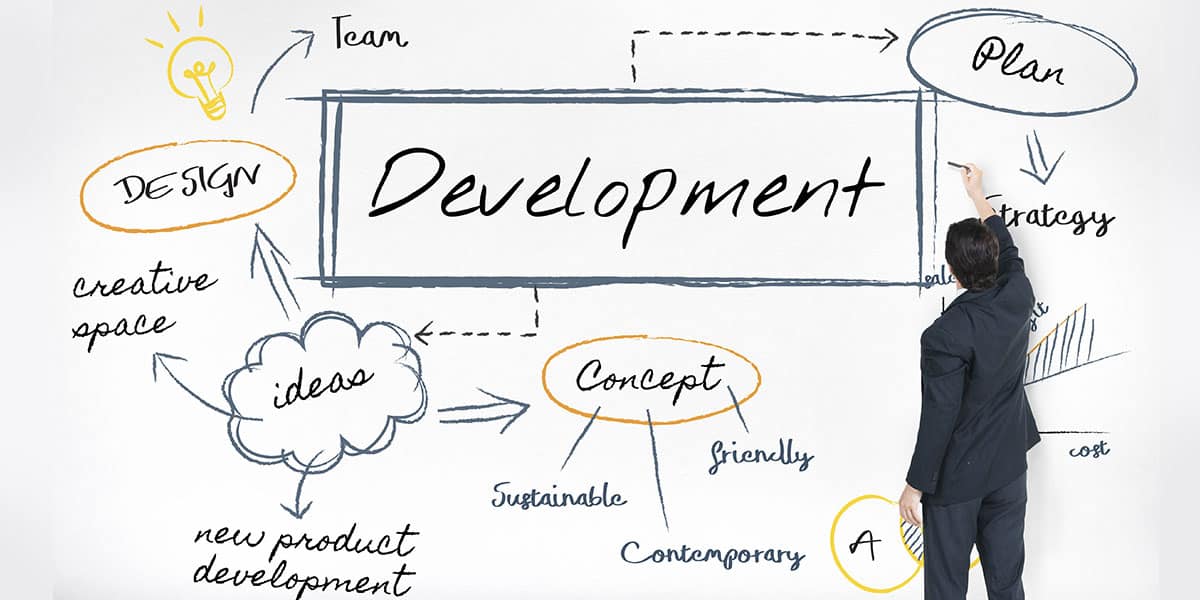
Benchmarking is the process of measuring products, services, and strategies against those of organizations known to be leaders in one or more aspects of their operations.
Benchmarking is a structured process of measuring the performance of a company’s products, services, or operations, against those of another business considered to be the best in the industry, aka “best in class.” The point of benchmarking is to identify internal opportunities for improvement.
The process of benchmarking involves four distinct steps:
- Identifying the areas where the organization is keen to identify actionable insights. These could range from the cost of production to the number of critical to quality errors to employee engagement scores.
- Once the identified areas, the organization then shortlists the companies/industries to benchmark.
- The third step is to collect data from these identified companies/industries across the areas of interest that were zeroed in earlier.
- Finally, when the data has been collected, the organization studies the gaps between their standard and that of the benchmark.
Why is benchmarking important?
The goal of every company is to be competitive, and to be competitive; you should have a sustainable advantage in some areas. Benchmarking is one of many tools you can use as part of any continuous improvement model within your organization. Improve processes, increase quality, decrease costs, and be profitable.
Consistent benchmarking can help you:
- Improve processes and procedures.
- Gauge the effectiveness of past performance.
- Give you a better idea of how the competition operates, which will help you to identify best practices to increase performance.
- Increase efficiency and lower costs, making your business more profitable.
- Improve quality and customer satisfaction.

Types of benchmarking
Many different types of benchmarking that fall into three primary categories: internal, competitive, and strategic.
▪ Internal benchmarking
If other teams or organizations within your company have established best practices in processes similar to yours, internal benchmarking involves analyzing what they are doing to find areas where you can improve and be more efficient.
For example, you could compare the performance of one warehousing and shipping site against another warehousing and shipping site. The site with superior performance simply needs to share its processes and procedures so that the entire company benefits from increased performance.
▪ Competitive benchmarking
This type of benchmarking compares the products, services, processes, and methods. This type gives you insight into your position within your industry and what you may need to do to increase productivity.
For example, you can compare the customer satisfaction of a competitor’s product to yours. If your competitor is getting better customer reviews, you need to analyze the difference and figure out how to improve the quality of your product.
▪ Strategic benchmarking
Use this type of benchmarking when you need to look beyond your industry to identify world-class performance and best practices so you can look for ways to adapt their methods to your procedures and processes.
For example, seeing a need to improve performance, Southwest Airlines turned to NASCAR to analyze how pit crews can quickly service race cars. They realized that it depends on each pit crew member’s ability to perform clearly defined tasks within specific time intervals—12 to 16 seconds if all four tires need to be changed and the car needs to be fueled. As a result, Southwest Airlines changed and streamlined gate maintenance, plane cleaning, and passenger boarding processes.
Benchmarking Product Development

Credit picture: https://www.netscribes.com/
Benchmarking relates to product development by providing an external perspective on opportunities to improve products, technology, manufacturing and support processes, product development, and engineering practices. The starting point is to develop a willingness to scrutinize organization operations and products and be willing to compare them with other organizations without being defensive. This straight-forward methodology consists of the following steps:
- Plan what to benchmark
- Understand the internal processed
- Determine companies to evaluate
- Gather and analyze external data
- Identify performance gaps and reasons
- Communicate and gain concurrence
- Develop an action plan
- Implement improvements and monitor
The external information gathering phase has been approached in various ways: product examination/reverse engineering to understand technology and manufacturing processes, in-depth assessment of a single benchmark partner, and less in-depth data gathering/surveys of a more significant number of partners.
Benchmarking involves identifying relative performance differences and understanding the reasons contributing to a higher relative performance level. Once this understanding has been obtained, the organization needs to translate it into appropriate actions to improve its performance. These comparative evaluations are not necessarily made with an organization in the company’s same industry segment but with an organization that performs a similar function. An organization does not necessarily want to copy approaches taken by other organizations because they may not be appropriate for its business environment, products, market, or culture.
To make a long story in this era of “faster, cheaper, and better, Convergence Consulting, with its services and skill, helps companies focus on improving the product development process through the Benchmarking Process. This is not an easy process, and this is why you need a serious and reliable consultant who can help you on this journey.
Many things you should consider because new business strategies, new organizational approaches, new business processes, and new enabling technology are being used by many forward-thinking companies to continually improve their product development process. Some improvement opportunities are apparent, but others may not be so obvious, or there are so many things to do that it becomes a question of where to start. What are our strengths and weaknesses? Is our development process aligned with our strategic objectives? What improvements need to be made? Where do we start? What are our priorities given the resources that we have available? What benefits can we expect?
If you want to find out how Convergence Consulting can help your company in this new journey of the Product Development Process through Benchmarking, please contact us!


Leave a Reply